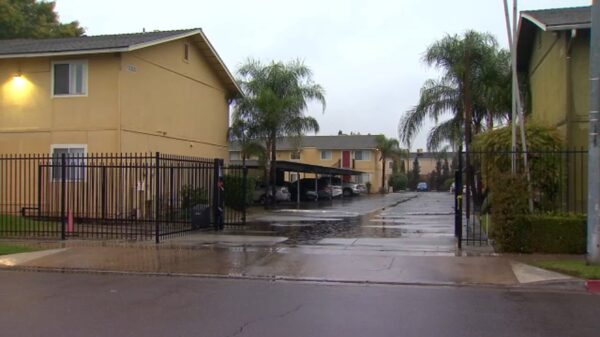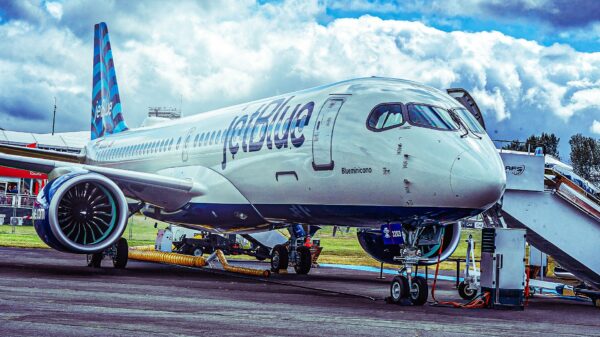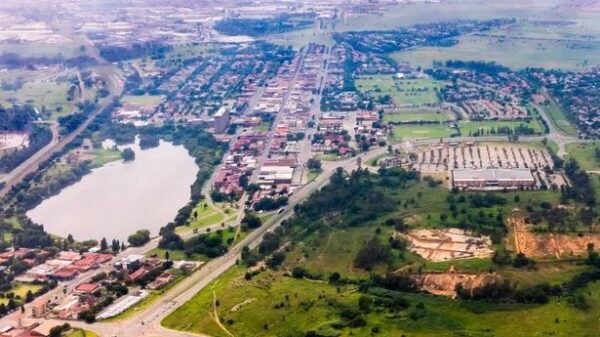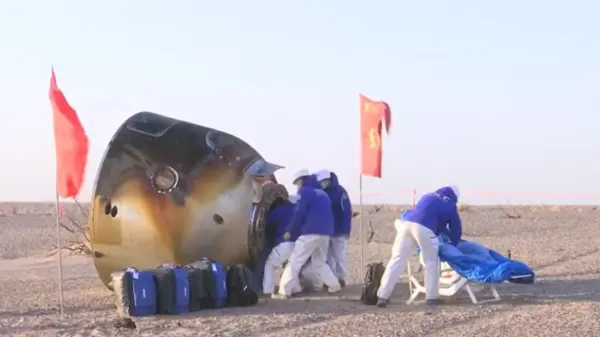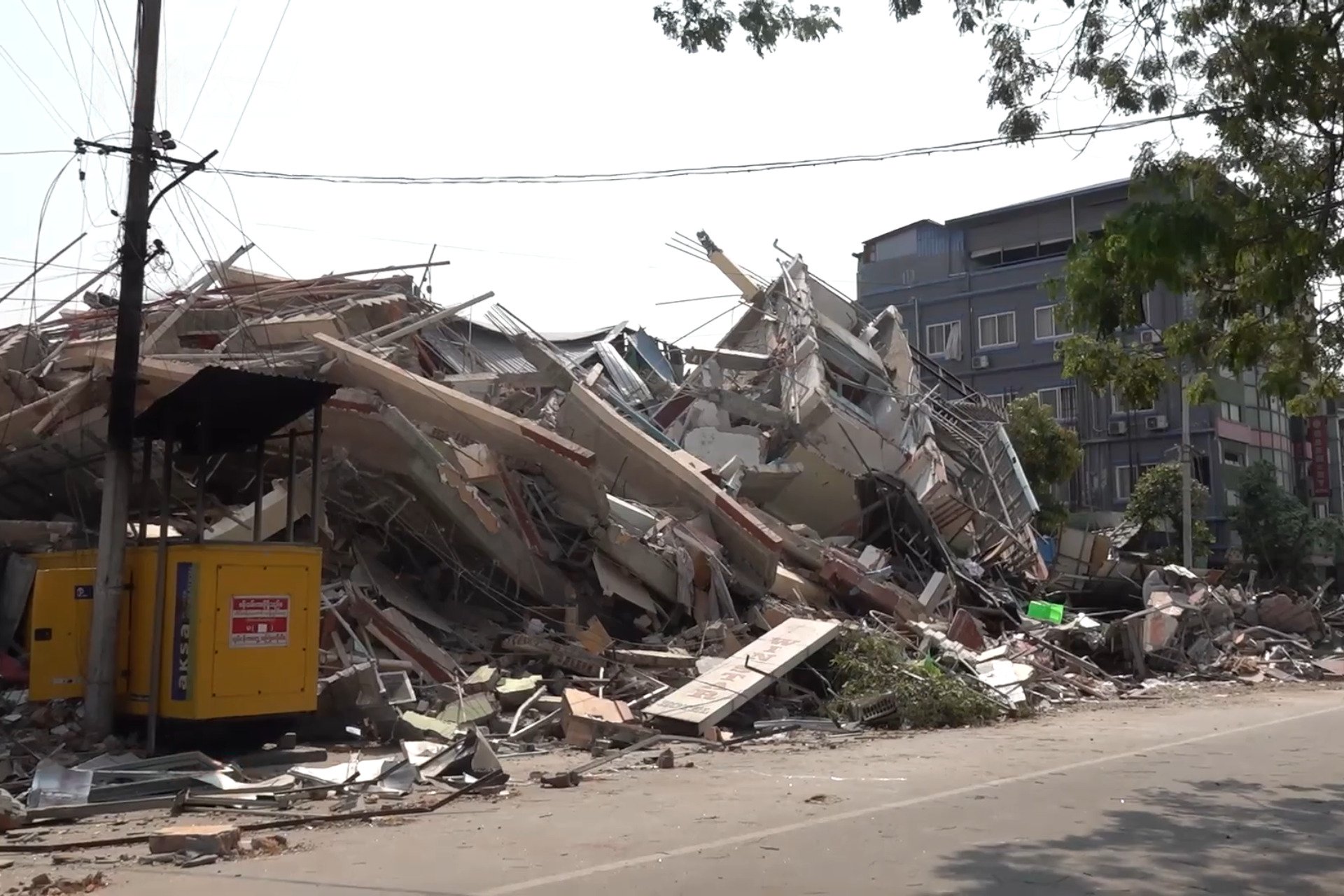UPDATE: A devastating earthquake in Myanmar on March 28, 2023, registered a catastrophic 7.8 magnitude, claiming over 5,000 lives and causing widespread destruction, even impacting neighboring countries. Recent research has confirmed that the southern rupture of this earthquake occurred at astonishing speeds, known as supershear velocity, reaching between 3.1 and 3.7 miles per second (5 to 6 kilometers per second). This could explain the extensive damage reported across the region.
Seismologists from UC Santa Cruz revealed this critical data in a study published on July 10 in The Seismic Record. The findings highlight how the earthquake along the Sagaing Fault—a tectonic boundary running north-south through Myanmar—exceeded typical rupture velocities, which usually range between 50% and 85% of the S-wave speed during seismic events. This underscores the exceptional nature of the March earthquake, where the fault slipped nearly 298.3 miles (480 km).
Officials analyzed seismic and satellite imagery to determine that the rupture exhibited a significant slip of up to 7 meters (23 feet), extending approximately 85 kilometers (52.8 miles) north of the epicenter near Mandalay, with notable activity southward towards Nay Pyi Taw. These revelations provide crucial insights into the earthquake’s mechanics and its devastating effects on communities.
“That was unusually clear and convincing evidence for supershear rupture relative to other long strike-slip events,”
said Thorne Lay, a seismologist at UC Santa Cruz. The pronounced ground motion data recorded near Nay Pyi Taw indicated a rapid transition from the initial P waves—less destructive—to the more damaging S waves, which contributed to the extensive harm felt across the region.
The Sagaing Fault is notorious for large seismic events, but the March quake marked a significant rupture along a previously inactive segment of the fault that had not experienced such activity since 1912. Experts warn that while the area is expected to remain dormant for a considerable time, understanding the fault’s complex history is essential for future risk assessments.
Authorities emphasize the importance of earthquake early-warning (EEW) systems, which can provide critical alerts moments before seismic waves strike. Although many regions remain without adequate infrastructure for these systems, the smartphone-based Android Earthquake Alerts (AEA) have proven effective, delivering timely warnings that can save lives.
As the region continues to grapple with the aftermath of this tragic event, officials and scientists urge the community to stay informed and prepared. The latest findings serve as a reminder of the unpredictable nature of seismic activity and the urgent need for improved safety measures.
Stay tuned for further updates as authorities and researchers work to understand the full impact of this catastrophic event.






